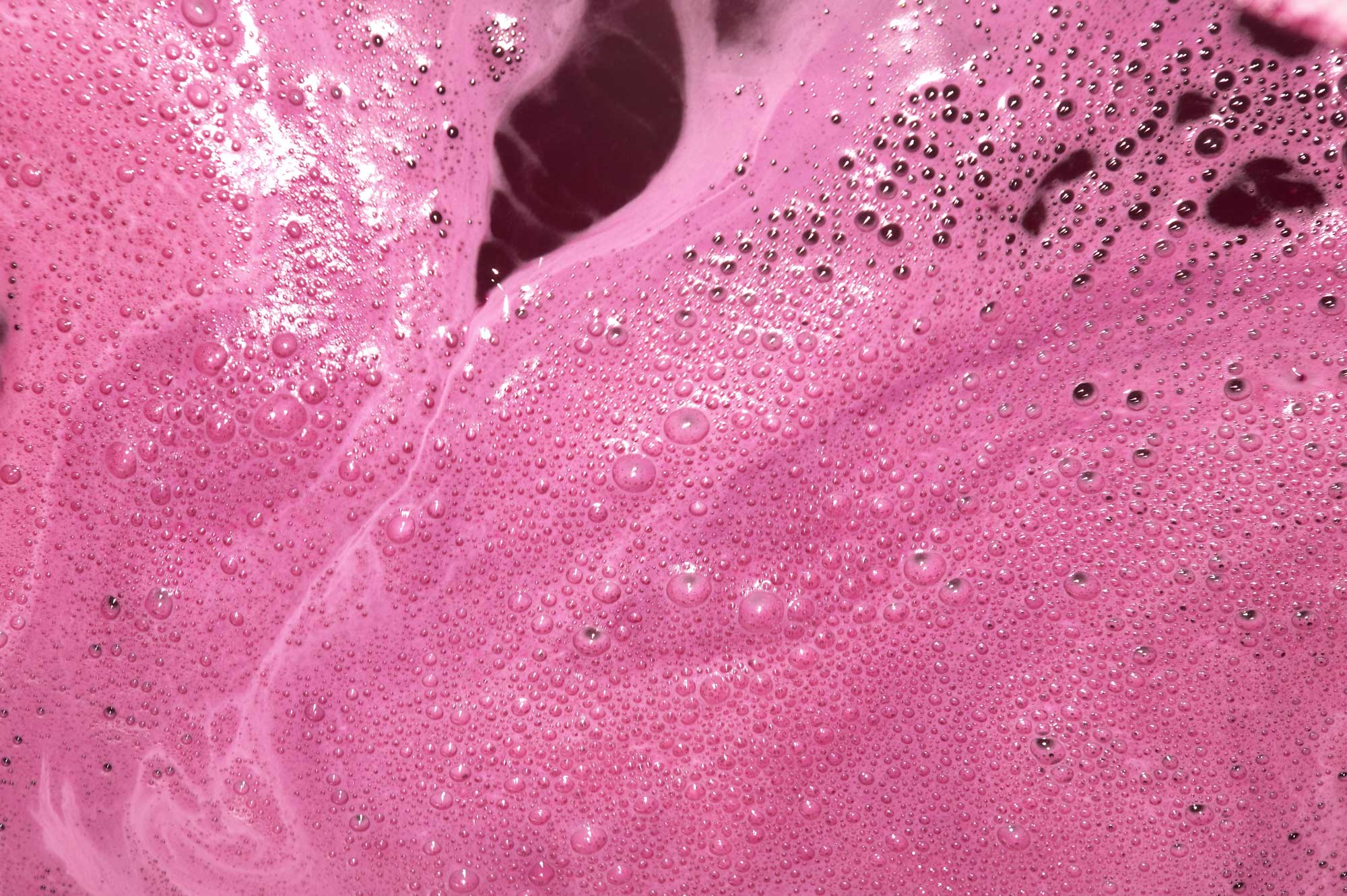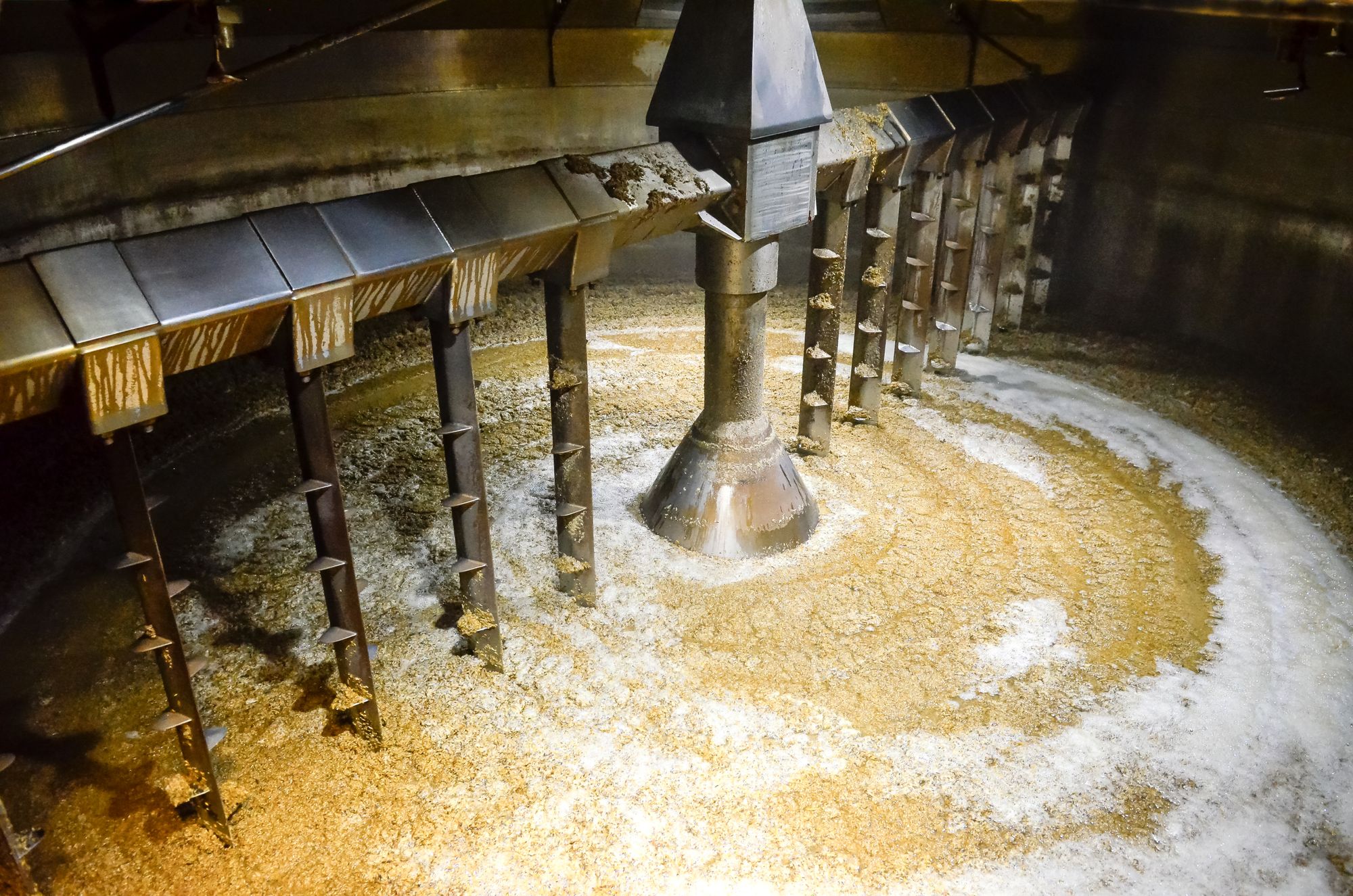Why yeast is on the frontlines of flavour
How yeast not only creates alcohol, but kickstarts the flavour creation process.

You may know that yeast plays a crucial role in the creation of your favourite, alcoholic beverage delights. Without yeast, it’s true, there is no alcohol.
But it’s also true that yeasts — tiny microorganisms which convert sugars to alcohol — do a lot more than that.
So in this primer we’ll take a look at what yeasts are and what they do, how they create flavour, and a few different types of yeast distillers and brewers use to create drinks.
What is yeast?
What are we talking about when we’re talking about yeast?
The first thing to know is that yeasts have been around a very long time. The single cell eukaryotic microorganisms belong to the fungi kingdom and have been around for hundreds of millions of years.
Better still, they’re responsible for fermentation. Fermentation is the process by which yeast convert sugar into alcohol and carbon dioxide (the bubbly thing happening during fermentation and the reason why champagne fizzes).

So what’s going on here?
There are around 1500-odd species of yeast, not all of which you want anywhere near you (some yeast strains can cause infections in humans and can be fatal).
We’re talking about the delicious kind of yeast here. Different species perform better at creating different types of hooch, because yeasts are sensitive to temperature and like an acidic environment in which to do their business.
Saccharomyces cerevisiae is known as brewer’s or baker’s yeast, and is used extensively to make wine. It is best employed in temperatures between 20 and 30 degrees Celsius; Saccharomyces pastorianus, on the other hand, which is a hybrid of S. ceresvisiae and Saccharomyces eubanyus and used in the production of lager, works best at a lower temperature, between 8 an 15 degrees Celsius.
These yeasts feed on the sugars present in whatever it is to be fermented. In the case of wine, it’s fruit sugars like fructose and glucose; when it comes to whiskymaking, it’s the maltose in the wort that is a result of cooking the starches in germinated barley.
When the yeast is feeding on these sugars, it creates byproducts: one of them is alcohol (certain types of yeast survive at different alcohol thresholds, but there’s a tipping point when they all die); another is carbon dioxide, which causes the ferment to bubble. They also create glycerols, which offer mouthfeel to the ferment, and esters, organic acids, and aldehydes.
It’s this ester creation in which the final flavour of the spirit or wine or beer gets going. They are responsible for some of the fruity, floral notes you’ll find in the bottled product later down the track.



